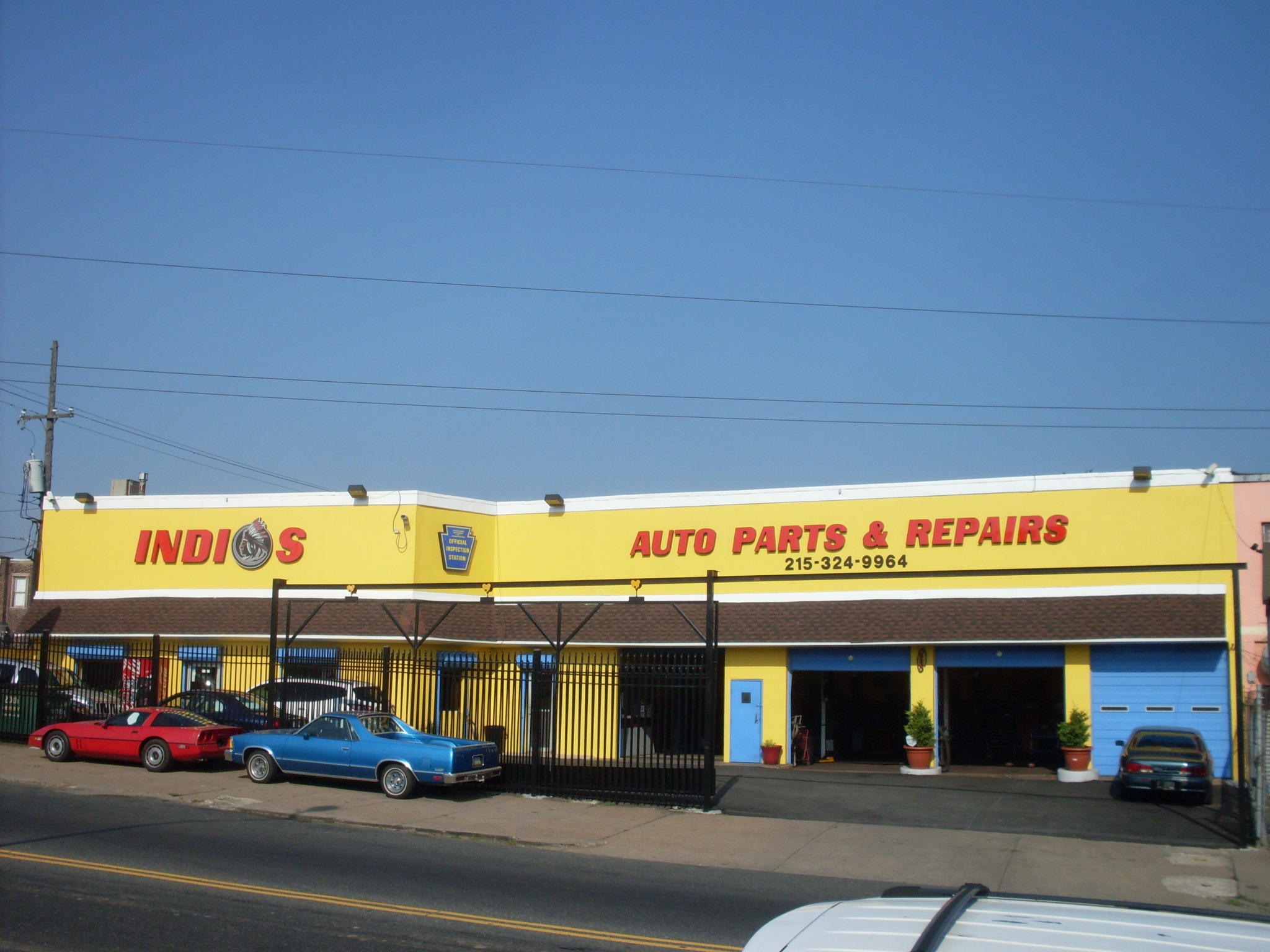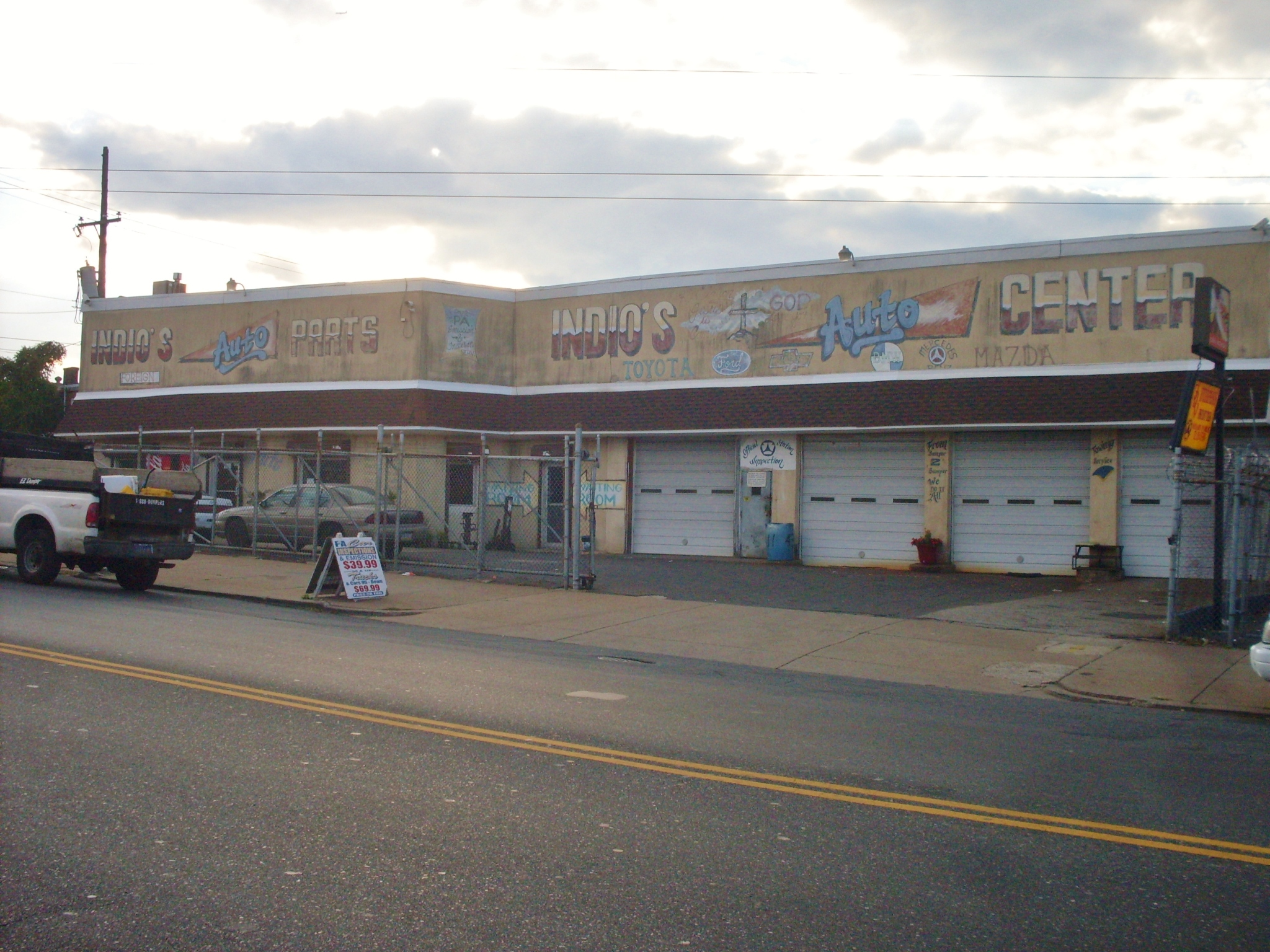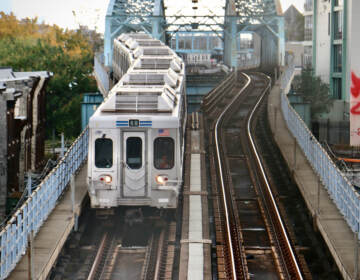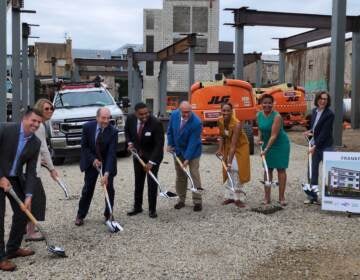Small business, big impact: Funding for Philly’s neighborhood commercial corridors is critical for vibrant communities
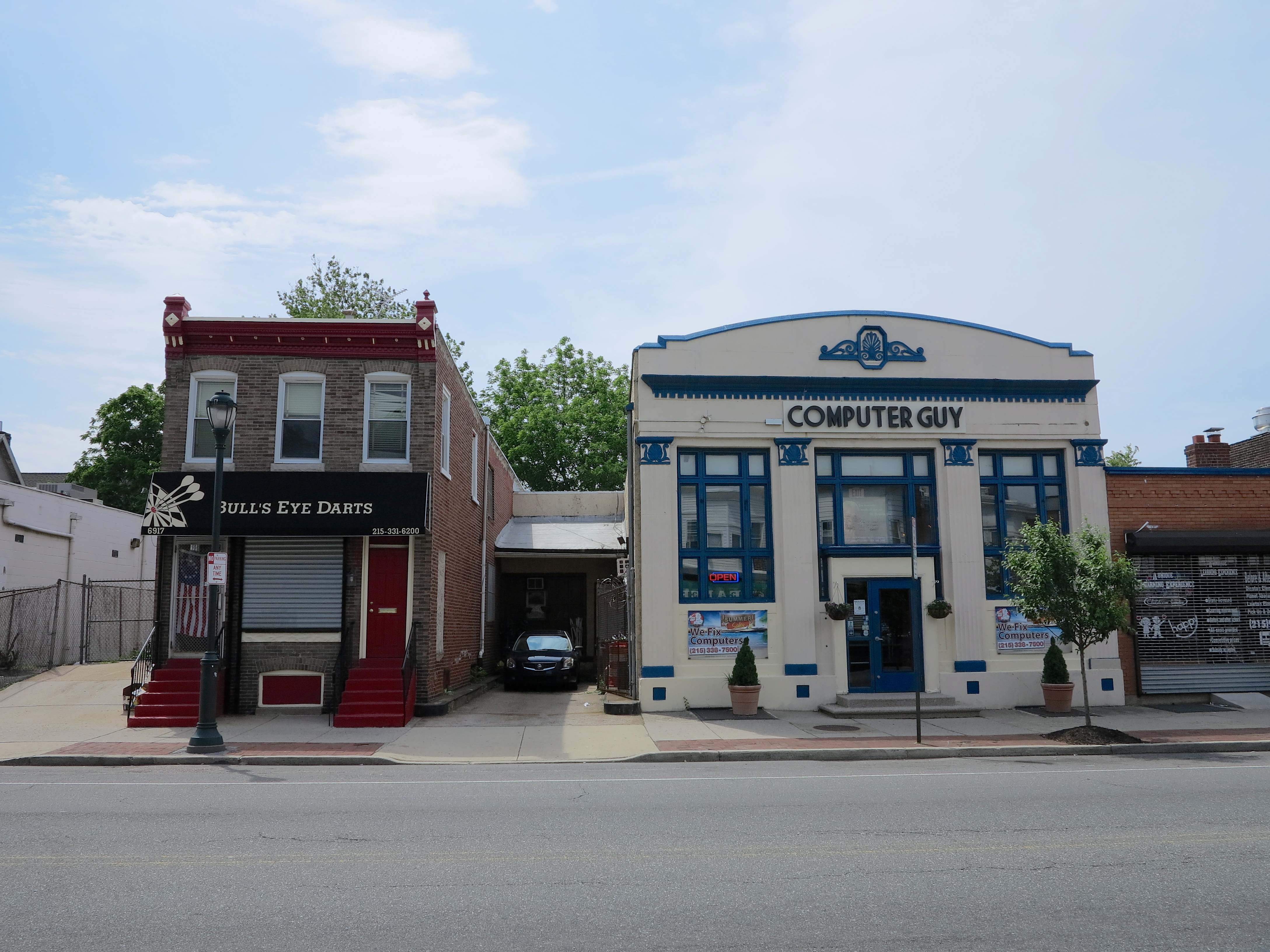
The Equitable Development Platform released by PACDC this week advocates for expanding several programs that support economic growth on our neighborhood commercial corridors. As part of our ongoing election season op-ed series, the Community Design Collaborative’s Robin Kohles shares her firsthand experience on the power of modest investments and layered programs that help boost businesses, stabilize corridors, and strengthen neighborhoods citywide.
When I walk down a commercial corridor like Torresdale Avenue in Tacony, I’m struck by its character—from unique businesses like Bull’s Eye Darts to the occasional art deco storefront like Torresdale Chiropractic Center. I’m here because I love exploring neighborhoods. Thanks to my work with the Community Design Collaborative (the Collaborative), I also get to work closely with Philadelphia’s storeowners, community development corporations (CDCs), and design professionals as they reinvest and, in some cases, reinvent their commercial corridors.
Commercial corridors have an especially important role to play in low- and moderate-income neighborhoods. Healthy commercial corridors have a stabilizing effect on housing values, enabling homeowners to build wealth. They offer shopping and services within walking distance, an important amenity in communities with aging residents and a heavy reliance on public transportation.
Neighborhood commercial corridors reflect neighborhood authenticity and identity. They act as zippers connecting different cultures in safe, welcoming places that invite residents to gather and visitors to explore. Commercial corridors are also a wellspring for the city economy. When a commercial corridor thrives, it creates opportunities to find a job or start a business. New and growing businesses boost city coffers. Small businesses incubate, innovate and often grow.
Through our work I’ve seen first hand that promising corridors need different kinds of assistance to thrive. By working with public, nonprofit and private partners, corridor managers improve safety, refresh storefronts, plant trees, improve lighting, and install artwork. Financial support through state, local and federal programs put corridors on the road to retention, recognition and revival.
Collectively, these programs have had real impact. They can make the difference between a dying street and a working, thriving economic magnet. Combined, they help overcome hurdles to investment, prompt businesses and communities to work together, and promote vibrant corridors. Robust funding at the local, state, and federal levels will allow Philadelphia to spur economic growth on corridors in every neighborhood. Here are a couple of stories to show how corridors connect:
Indio’s Auto Center – North 5th Street
Indio’s Auto Center is a second generation, family-run auto repair shop on the North 5th Street corridor in the Hunting Park neighborhood.Nueva Esperanza, Inc., the CDC charged with revitalizing the corridor, received public and foundation funding to add a corridor manager to its staff.
The corridor manager reached out to the owner of Indio’s to offer her a design consultation with the Collaborative to refresh its facade. Indio’s was then prepared to apply for grants to leverage the owner’s own investment. The Philadelphia Commerce Department’s Storefront Improvement Program, the Merchants Fund, and Nueva Esperanza helped to fill the gap in funding to give the garage its crisp, yellow new look.
After renovations were complete, Nueva Esperanza reports, business began to pick up and new customers started pulling in. In December 2013, the first full month following the renovation, Indio’s sales were nearly double their December 2012 levels. The trend continued in 2014, with monthly gross sales an average of nearly 50% higher than the previous year.
Frankford Pause Pop-Up Park
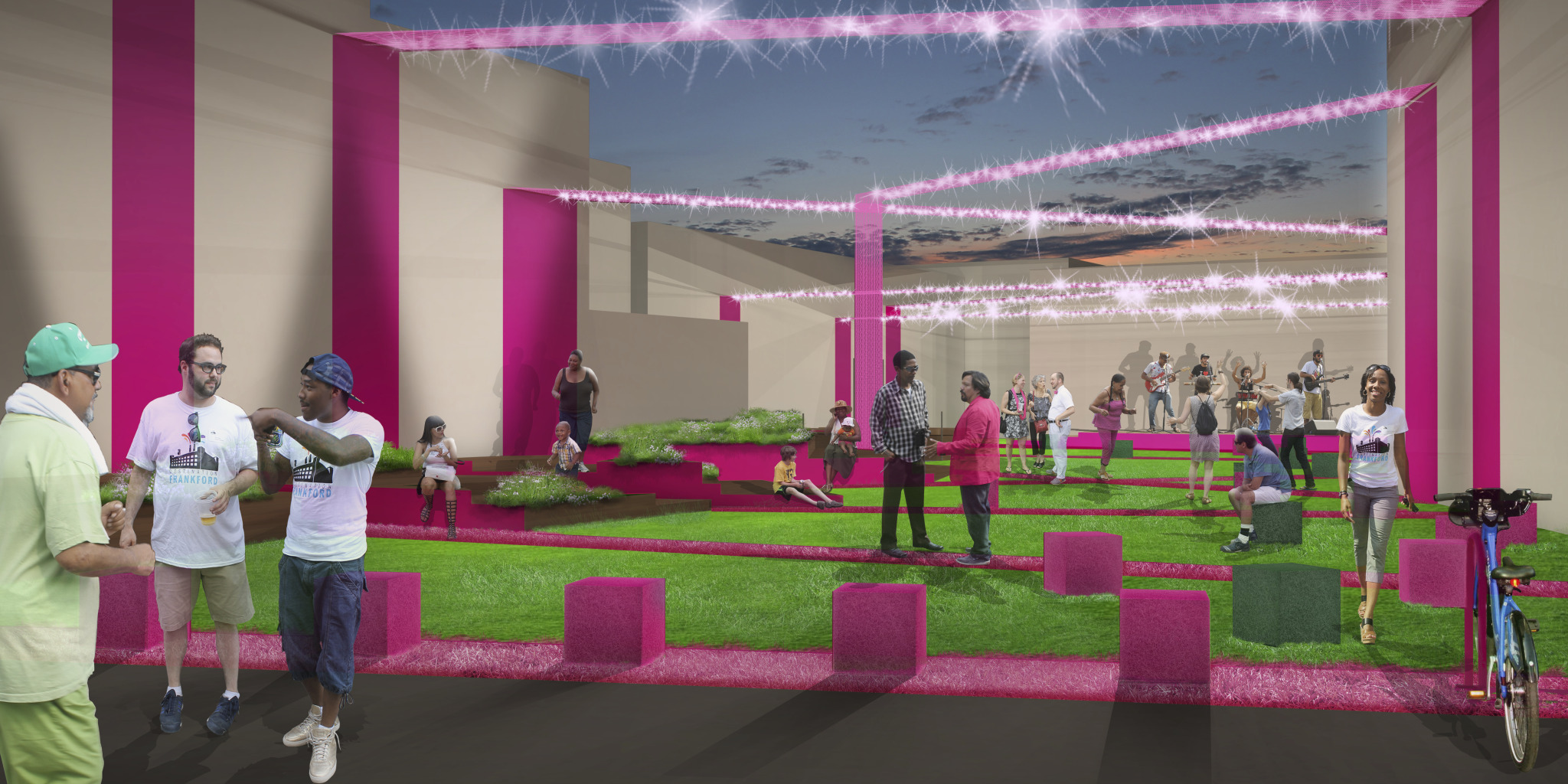
Destination Frankford, a partnership between the Philadelphia Planning Commission and Frankford CDC, was funded by an ArtPlace grant to enhance and expand the resources of the Frankford’s growing arts, artisanal industry, and creative business economy. Coming this spring, Destination Frankford, will debut the Frankford Pause, a peppy, pink pop up park along Frankford Avenue. Originally designed by the Community Design Collaborative, the park will turn the loud El train into a community asset with noise-activated lighting that animates the park space every time the train passes through Frankford.
Kim Washington of Frankford CDC explains, “Margaret-Orthodox is our busiest corner.” She believes this intersection merits more than a vacant lot and says the pop-up park will guide the design of a permanent park. “In the short term, we’re designing a public space for people to come and use, to get an idea of what works and doesn’t work… what people like.”
Sum of the Parts
Together, Philadelphia’s commercial corridor programs have had a real impact. In many corridors throughout the city, there is a story to tell. The Storefront Challenge, an awards program recognizing the best in storefront facade improvements, has helped to capture some of these stories. Façade improvements on North 5th Street and Torresdale Avenue have convinced other business and property owners to invest in their buildings.
Neighborhood improvements and amenities help corridors benefit from the new interest and spending power of residents and visitors. Expanding public funding to support programs that stabilize, support, and strengthen Philadelphia’s neighborhood commercial corridors is good business for everyone.
The Community Design Collaborative has endorsed the Equitable Development Platform, released February 18.
WHYY is your source for fact-based, in-depth journalism and information. As a nonprofit organization, we rely on financial support from readers like you. Please give today.



